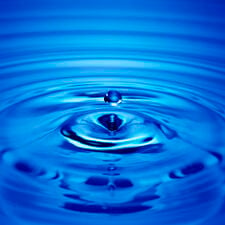 When it comes to mercury analysis using Atomic Fluorescence Spectrometry there are two main methods to use - USEPA Method 245.7 and The European Norm EN17852 Water Quality - Determination of Mercury - Method using atomic fluorescence spectrometry (ISO 17852:2006).
When it comes to mercury analysis using Atomic Fluorescence Spectrometry there are two main methods to use - USEPA Method 245.7 and The European Norm EN17852 Water Quality - Determination of Mercury - Method using atomic fluorescence spectrometry (ISO 17852:2006).
Teledyne Leeman Labs has performed a sample analysis application note that will identify similarities and significant differences between the two methods. In particular, we looked at USEPA Method 245.7 quality control requirements and the purpose of each quality control item. Additionally, results obtained using EN 17852 methodology will be shown
ISO 17852:2006 specifies a method for the determination of mercury in drinking, surface, ground and rain water using atomic fluorescence spectrometry. It may be applied to industrial and municipal waste water after an additional digestion step under appropriate conditions. The potential linear dynamic range is approximately 1 nanogram per litre to 100 micrograms per litre. In practice, the working range is often from 10 nanograms per litre to 10 micrograms per litre. Samples containing mercury at concentrations higher than the working range can be analysed following appropriate dilution of the sample. The method detection limit will be dependent on the selected operating conditions and calibration range. With high purity reagents, a method detection limit of less than 1 nanogram per litre is obtainable.The relative standard deviation is typically less than 5 % for concentrations greater than twenty times the method detection limit. The sensitivity of this method is dependent on the selected operating conditions.
USEPA Method 245.7 is for determination of mercury (Hg) in filtered and unfiltered water by cold-vapor atomic fluorescence spectrometry (CVAFS). It is applicable to drinking water, surface and ground waters, marine water, and industrial and municipal wastewater. The method is based on a method developed through a collaboration between EPA’s Environmental Monitoring Systems Laboratory, EPA Region 4, and Technology Applications, Inc. (Reference 1), and on results from single-laboratory and interlaboratory validation studies. The method contains procedures for controlling contamination that are based on peer-reviewed, published procedures for the determination of mercury in aqueous samples, ranging from marine waters to effluents.

